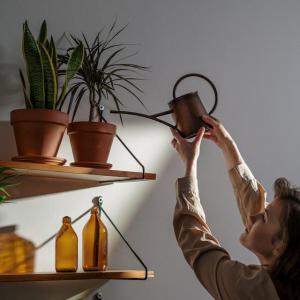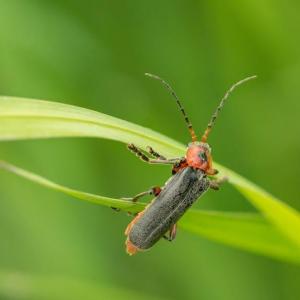Plant Experience
Detail
Fittonia Plant Care
A South American tropical rainforest plant, fittonia (Fittonia spp.) is a bit of a challenge to grow in cultivation. It requires warm temperatures and high levels of humidity, so some experts suggest it might be best suited to growing in a terrarium. Fittonia, also known as mosaic plant or nerve plant, is hardy to humid, frost-free regions in U.S. Department of Agriculture plant hardiness zones 10 and higher, so it is typically grown as a houseplant.
Light and Temperature
The most important thing to remember when determining where in the home to place the fittonia is that the plant does not tolerate direct sunlight. It won’t grow well in dark shade either. The ideal amount of light for the plant is the same as it receives in its natural habitat, filtered sunlight. In the winter you may have to move the plant to give it more sunlight to keep the color in the foliage. Maintain the temperature in the evenings between 65 and 70 degrees Fahrenheit, raising it in the daytime to between 75 and 85 degrees.
Humidity and Irrigation
Providing the fittonia’s required high humidity level might be the biggest challenge when growing the plant. There are several things you may want to try, however. The easiest is to purchase a room humidifier and place it near the fittonia. If the leaves wither, it means the plant needs more humidity, so place the pot on a bed of gravel spread in a shallow saucer or pan. Fill the saucer or pan with water but leave the top of the gravel exposed. Finally, you might want to grow the fittonia in a terrarium. Water the plant enough to keep the soil just slightly moist. Yellow foliage is an indication the plant is receiving too much moisture.
Soil and Fertilizer
A peat moss-based planting medium most closely matches the fittonia’s natural conditions. Fertilize it every two weeks with a standard houseplant fertilizer, such as 8-7-6. Use 1/8 teaspoon of fertilizer in 1 cup of water and water the fittonia with the solution until it drains from the bottom of the pot.
Pruning and Shaping
Fingers are adequate pruning tools for the fittonia, or use small garden snips to remove dead and dying foliage. To promote branching, pinch off the ends of stems. If the fittonia blooms, pinch off the flowers to keep the plant from going to seed.
A South American tropical rainforest plant, fittonia (Fittonia spp.) is a bit of a challenge to grow in cultivation. It requires warm temperatures and high levels of humidity, so some experts suggest it might be best suited to growing in a terrarium. Fittonia, also known as mosaic plant or nerve plant, is hardy to humid, frost-free regions in U.S. Department of Agriculture plant hardiness zones 10 and higher, so it is typically grown as a houseplant.
Light and Temperature
The most important thing to remember when determining where in the home to place the fittonia is that the plant does not tolerate direct sunlight. It won’t grow well in dark shade either. The ideal amount of light for the plant is the same as it receives in its natural habitat, filtered sunlight. In the winter you may have to move the plant to give it more sunlight to keep the color in the foliage. Maintain the temperature in the evenings between 65 and 70 degrees Fahrenheit, raising it in the daytime to between 75 and 85 degrees.
Humidity and Irrigation
Providing the fittonia’s required high humidity level might be the biggest challenge when growing the plant. There are several things you may want to try, however. The easiest is to purchase a room humidifier and place it near the fittonia. If the leaves wither, it means the plant needs more humidity, so place the pot on a bed of gravel spread in a shallow saucer or pan. Fill the saucer or pan with water but leave the top of the gravel exposed. Finally, you might want to grow the fittonia in a terrarium. Water the plant enough to keep the soil just slightly moist. Yellow foliage is an indication the plant is receiving too much moisture.
Soil and Fertilizer
A peat moss-based planting medium most closely matches the fittonia’s natural conditions. Fertilize it every two weeks with a standard houseplant fertilizer, such as 8-7-6. Use 1/8 teaspoon of fertilizer in 1 cup of water and water the fittonia with the solution until it drains from the bottom of the pot.
Pruning and Shaping
Fingers are adequate pruning tools for the fittonia, or use small garden snips to remove dead and dying foliage. To promote branching, pinch off the ends of stems. If the fittonia blooms, pinch off the flowers to keep the plant from going to seed.
Album (27)
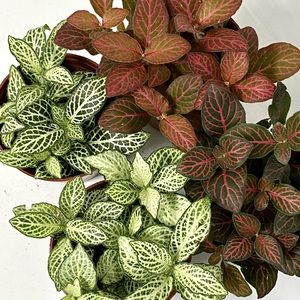
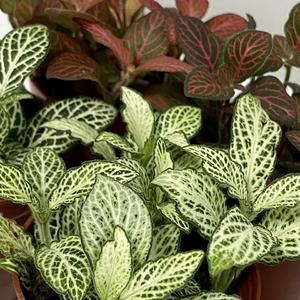
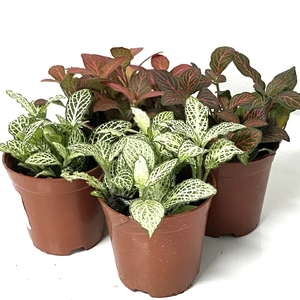

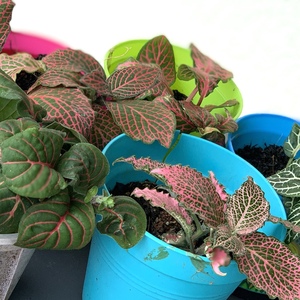
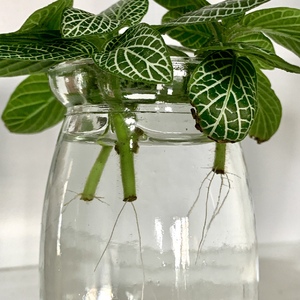
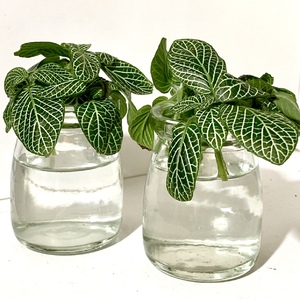
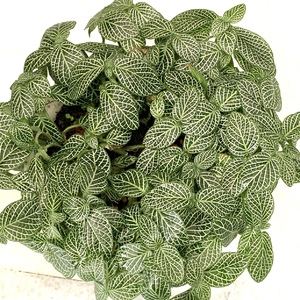
kensong
2021-01-05

Fittonias for the terrarium. From C&O RM8 each






kensong
2019-05-20

Fittonias from Mary.




kensong
2018-11-18

Cuttings started rooting.


kensong
2018-11-06

Rooting cuttings in water.


kensong
2018-11-02

Fittonias were growing really well but discovered mealy bugs so had to prune and propogate.


kensong
2018-10-17

My Fittonias have really grown and enjoying the current cool wet weather.

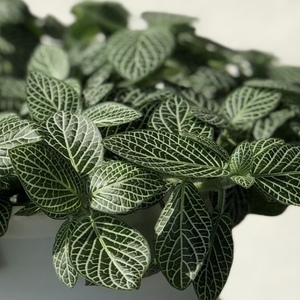
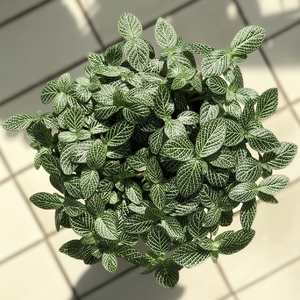



kensong
2018-07-28

Added small leaf Fittonia Green. RM7.50.
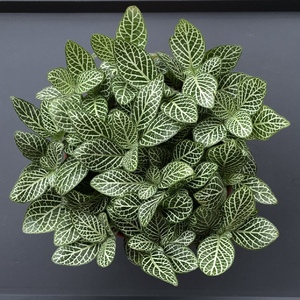

kensong
2018-07-02

Added a new colour variant to my Fittonia collection.
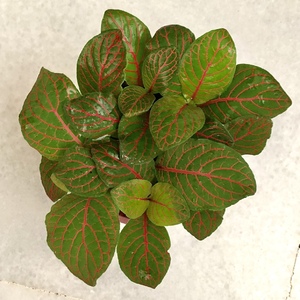

kensong
2018-07-01

Repotted my Fittonias and found their happy place, hidden under my Coleus. They have never looked happier or healthier.

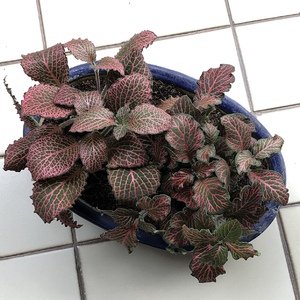
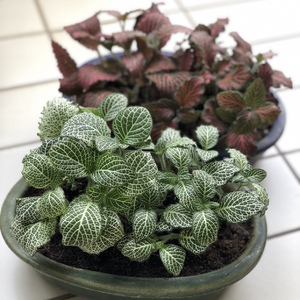
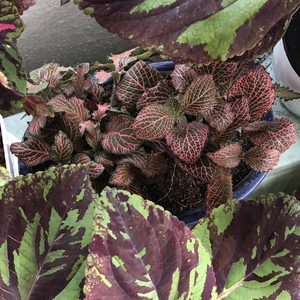






kensong
2018-04-26

Happy together. Fittonias (nerve plants) flourish when they are together. There are so many colour variants, yet they all look good when placed beside each other with their delicately veined leaves. This is a group I'm moving over to my office.
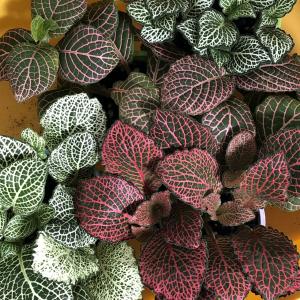

Elite Article



